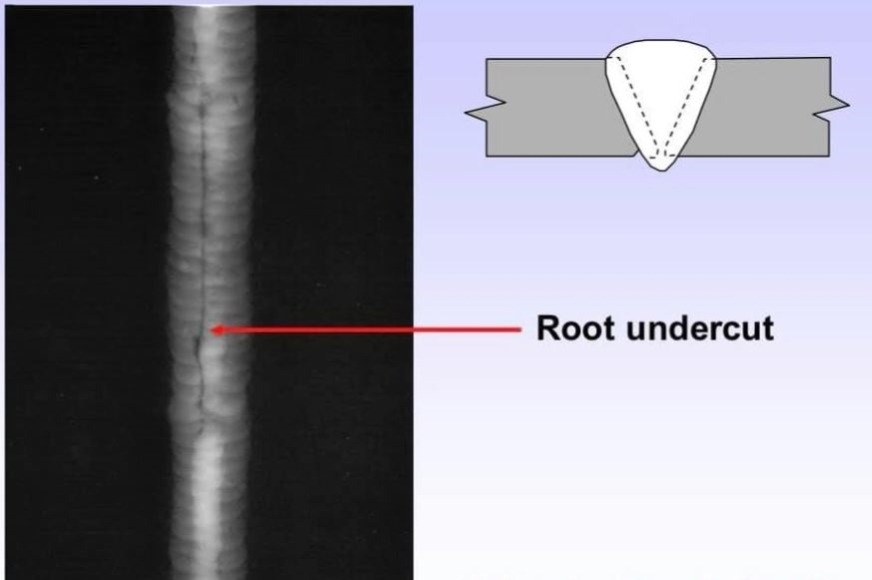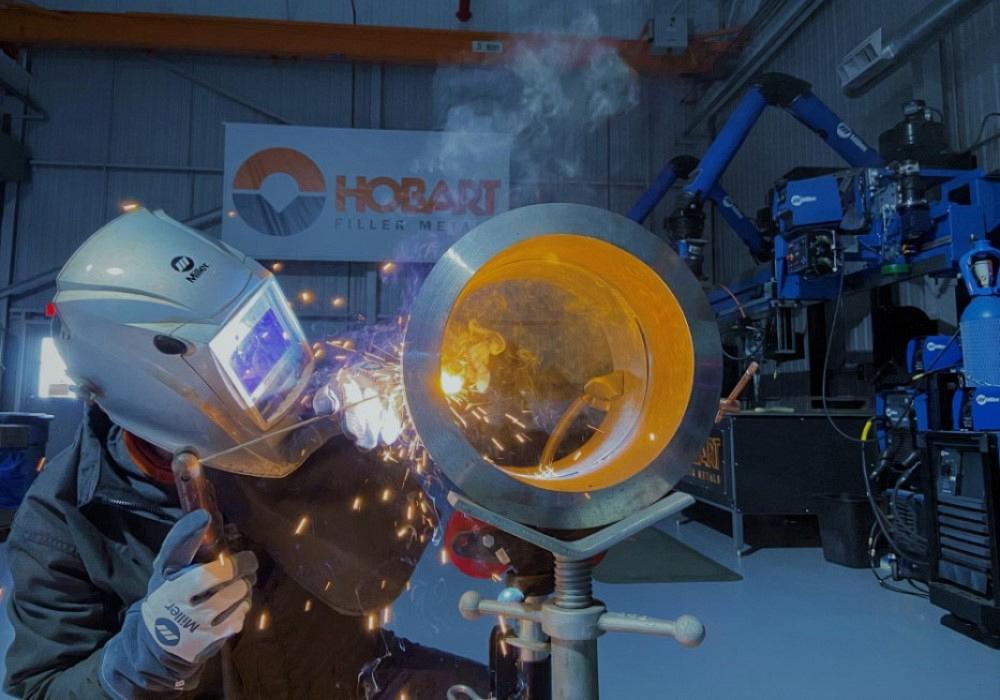How to Avoid Weld Undercut: Important Tips for Welders
How to Avoid Weld Undercut: Important Tips for Welders
Blog Article
A Comprehensive Guide to Identifying, Stopping, and Dealing With Undercut Welding Troubles in Your Welding Projects
In the world of welding, running into undercut concerns is a typical obstacle that can compromise the architectural honesty and total high quality of your welding projects. Understanding the origin triggers behind undercut welding, having the ability to properly find it in your welds, and carrying out efficient preventative measures are critical skills for any kind of welder. Additionally, having the understanding and methods to fix undercut issues when they do take place can make a significant difference in the last end result of your welding undertakings. Keep tuned as we discover the important parts of identifying, stopping, and repairing undercut welding problems, providing you with useful understandings and strategies to boost your welding skills to the following level.
Usual Reasons For Undercut Welding
Undercut welding, a typical problem in welding procedures, can be triggered by numerous aspects that need to be thoroughly determined and dealt with to make sure the integrity of the weld joint. One of the main root causes of undercut welding is excessive warm input. When the welding criteria, such as voltage, current, or travel speed, are not properly established, an extreme quantity of warmth can be created. This excess heat results in the melting and succeeding elimination of the base material along the sides of the weld joint, creating a groove referred to as undercut.
An additional typical cause of undercut welding is incorrect welding technique. Identifying these root creates and applying corrective measures is essential in preventing and fixing undercut welding troubles in welding projects.
Identifying Undercut in Welds
To recognize undercut precisely, appropriate illumination and magnifying tools are vital to evaluate the weld joint extensively. Making use of tools such as a welding scale or a magnifying glass can aid in spotting even the smallest undercut blemishes. Additionally, running a finger or a fingernail along the weld joint can in some cases disclose undercut, as the surface may feel unequal or have a dip where the undercut exists.
Safety Nets for Undercut
Having a deep understanding of the reasons of undercut in welds permits for the implementation of effective preventive procedures to keep weld quality and stability. These settings should be optimized to protect against excessive warmth input, which can lead to undercut development.

Methods for Taking Care Of Undercut

Enhancing the welding existing or decreasing the traveling rate can aid load in the undercut. Additionally, altering the welding strategy from a press to a drag or vice versa can also aid minimize undercut.
One more technique is to use a weaving activity while welding to guarantee proper sidewall combination and fill in the undercut. By oscillating the welding arc from side to side within the weld joint, the welder can transfer much more filler product into the undercut locations, effectively eliminating the flaw.
Additionally, grinding out the undercut and rewelding the joint can be a sensible option for much more severe undercut problems - Preventing weld undercut. This process includes removing the undercut area, preparing the base metal, and afterwards rewelding the joint with correct welding criteria and techniques to stop undercut from persisting

Expert Tips for Preventing Undercut
Making use of proper welding Look At This methods and maintaining control over key welding parameters are important strategies for welders intending to protect against undercut in their weld joints. In addition, choosing the ideal welding procedure and filler metal for the details application can help protect against undercut. Preserving a consistent traveling rate during the welding procedure is one more important pointer to prevent undercut.
Final Thought
In conclusion, determining, avoiding, and fixing undercut welding problems in your welding jobs is crucial for guaranteeing strong and long lasting welds. Preventing weld undercut. By understanding the typical root causes of undercut, having the ability to identify it in welds, applying safety nets, and utilizing correct techniques for repairing undercut, you can avoid potential problems and create high-grade welds. Adhering to specialist pointers for staying clear of undercut can assist you boost your welding abilities and create much better lead to your tasks
Undercut welding, a common concern in welding procedures, can be triggered by different aspects that need to be carefully identified and addressed to guarantee the honesty of read here the weld joint. Furthermore, running a finger or a finger nail along the weld joint can often disclose undercut, as the surface may feel irregular or have a dip where the undercut exists.
Utilizing appropriate welding techniques and maintaining control over key welding criteria are critical strategies for welders intending to stop undercut in their weld joints.In final thought, identifying, protecting against, and repairing undercut welding issues in your welding jobs is crucial for guaranteeing long lasting and solid welds. By recognizing the typical causes of undercut, being able to identify it in welds, implementing preventive procedures, and utilizing correct methods for fixing undercut, you can stay clear of potential concerns and create top notch welds.
Report this page